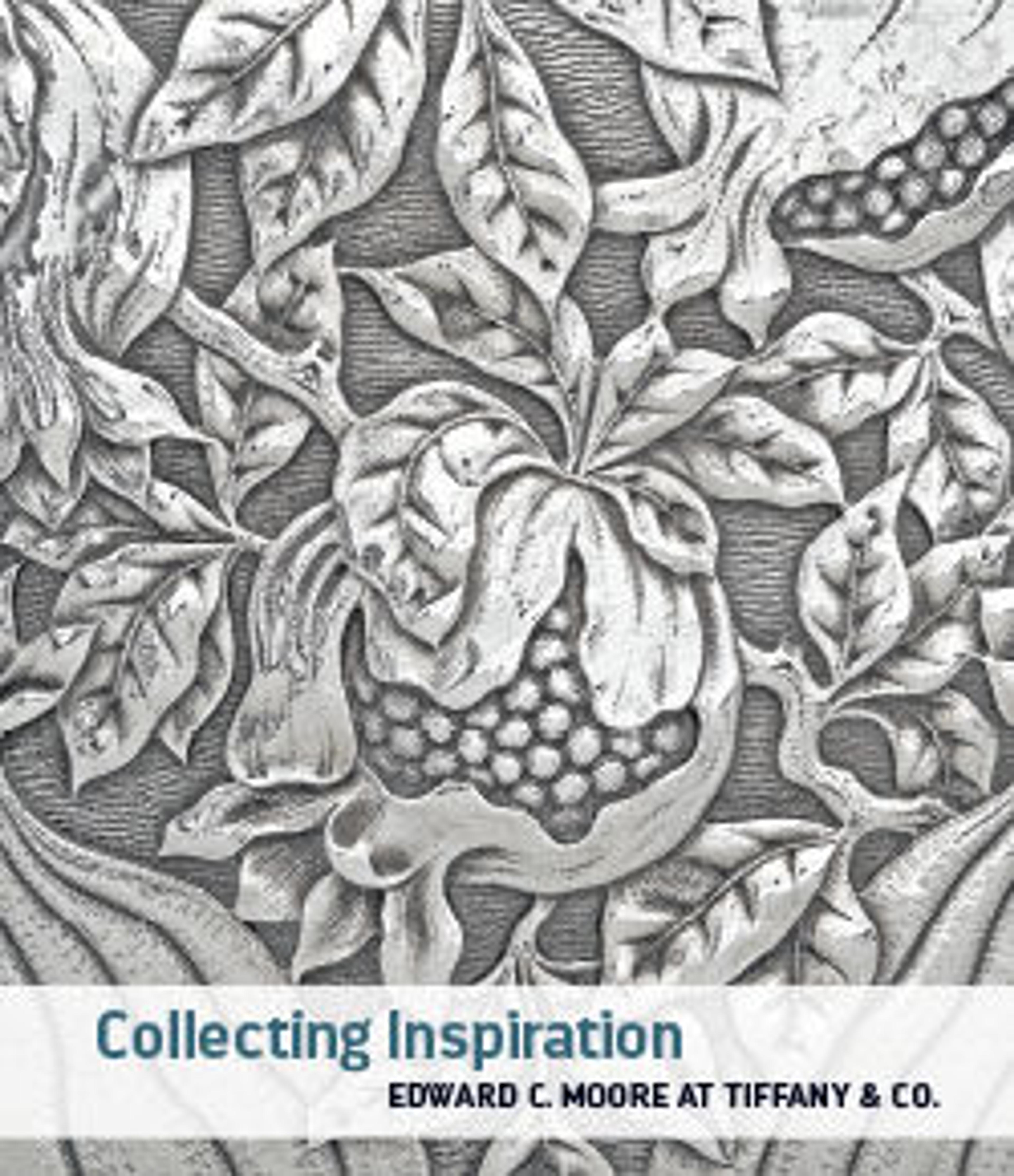Glass cinerary urn with lid
Urn: Translucent deep purple, appearing black; handles in same color.
Collar rim, folded out, down, round, up, and in, with beveled edge; broad, rounded mouth; short neck; piriform body; vertical hollow foot; bottom concave around edge; two vertical, arched, inverted U-shaped handles, attached on opposite sides of upper body, each made of a thick trail, applied as a large circular pad, drawn across body from left to right, and trailed off back along top of handle.
Body and handles complete, but broken around base with most of bottom missing; dulling, pitting of surface bubbles, limy encrustation around base, creamy brown weathering, and iridescence.
Lid: Translucent deep purple, appearing black.
Thick, rounded rim, folded up and in; outer side flat, then shaped like a thick, tall cone, ending in a jagged pontil scar at top.
Complete, but broken and repaired; dulling, pitting of surface bubbles, patches of limy encrustation, creamy brown weathering, and iridescence, but no weathering on interior of cone.
The lid and urn fit snugly together and have the same weathering, suggesting that they belong together.
Most surviving urns are made from naturally colored blue-green glass. The deep translucent purple color of this example is unusual. Similar vessels are known from sites in the Gallic province of Narbonensis (in modern southern France).
Collar rim, folded out, down, round, up, and in, with beveled edge; broad, rounded mouth; short neck; piriform body; vertical hollow foot; bottom concave around edge; two vertical, arched, inverted U-shaped handles, attached on opposite sides of upper body, each made of a thick trail, applied as a large circular pad, drawn across body from left to right, and trailed off back along top of handle.
Body and handles complete, but broken around base with most of bottom missing; dulling, pitting of surface bubbles, limy encrustation around base, creamy brown weathering, and iridescence.
Lid: Translucent deep purple, appearing black.
Thick, rounded rim, folded up and in; outer side flat, then shaped like a thick, tall cone, ending in a jagged pontil scar at top.
Complete, but broken and repaired; dulling, pitting of surface bubbles, patches of limy encrustation, creamy brown weathering, and iridescence, but no weathering on interior of cone.
The lid and urn fit snugly together and have the same weathering, suggesting that they belong together.
Most surviving urns are made from naturally colored blue-green glass. The deep translucent purple color of this example is unusual. Similar vessels are known from sites in the Gallic province of Narbonensis (in modern southern France).
Artwork Details
- Title:Glass cinerary urn with lid
- Period:Early Imperial
- Date:mid-1st century CE
- Culture:Roman
- Medium:Glass; blown
- Dimensions:Height: 12 5/16 in. (31.3 cm)
Diameter: 9 1/16 in. (23 cm)
Diameter (with handle): 10 1/2 in. (26.7 cm) - Classification:Glass
- Credit Line:Edward C. Moore Collection, Bequest of Edward C. Moore, 1891
- Object Number:91.1.1298a, b
- Curatorial Department: Greek and Roman Art
More Artwork
Research Resources
The Met provides unparalleled resources for research and welcomes an international community of students and scholars. The Met's Open Access API is where creators and researchers can connect to the The Met collection. Open Access data and public domain images are available for unrestricted commercial and noncommercial use without permission or fee.
To request images under copyright and other restrictions, please use this Image Request form.
Feedback
We continue to research and examine historical and cultural context for objects in The Met collection. If you have comments or questions about this object record, please contact us using the form below. The Museum looks forward to receiving your comments.
